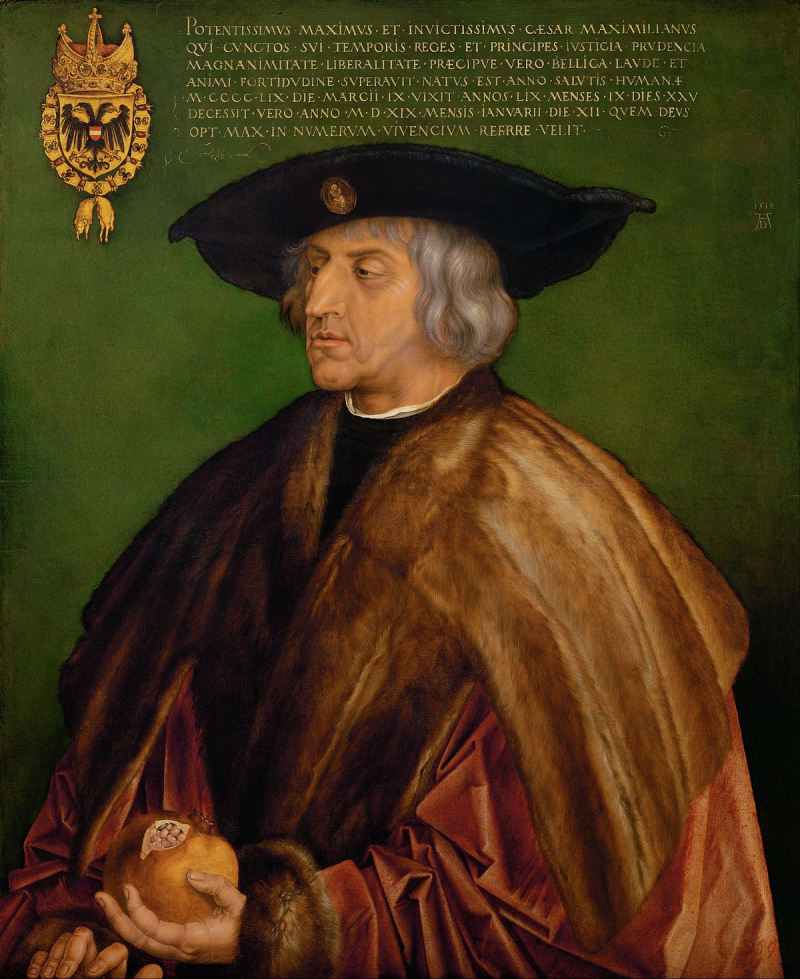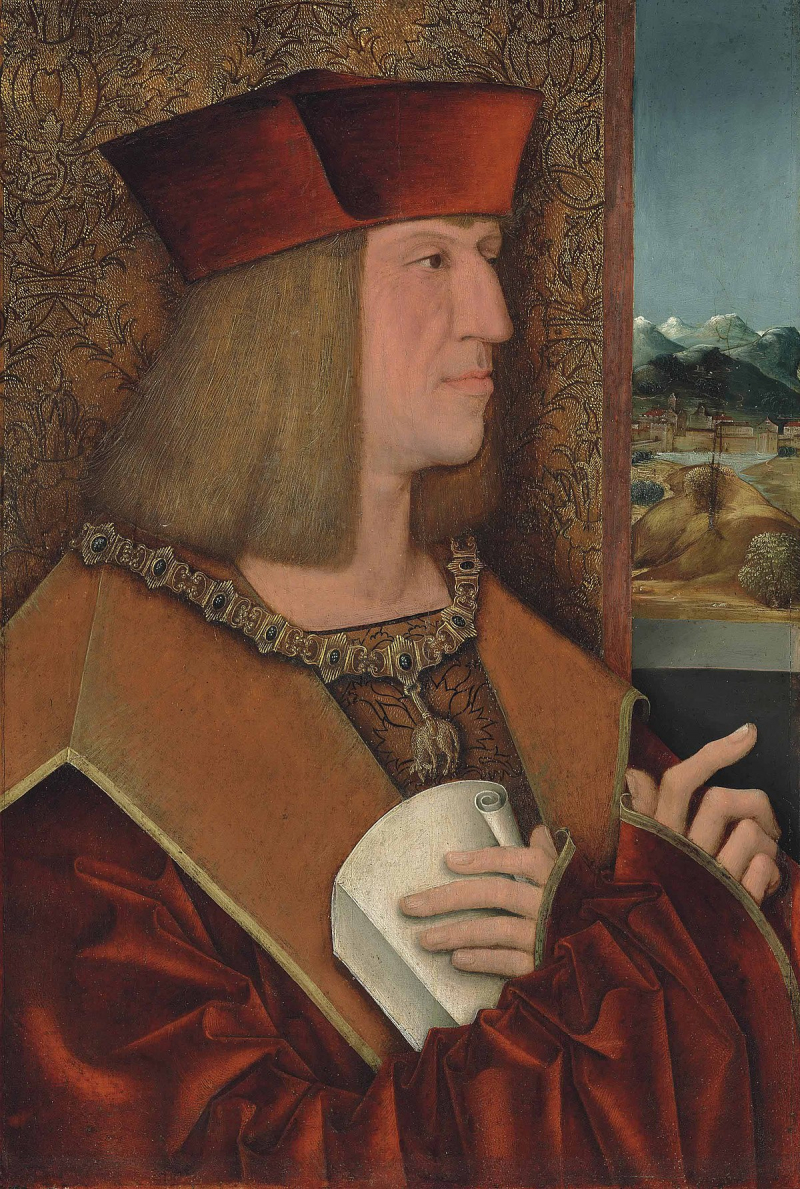Maximilian I employed media policy for political purposes
One of the interesting facts about Maximilian I is that Maximilian I employed media policy for political purposes. Maximilian was an extremely well-liked king during his own reign thanks to his commanding public presence and his skillfully executed "media policy." He meticulously worked on his "Memoria", which was intended to record his history for future generations, in an effort to glorify himself and his reign. Maximilian was a skilled user of the contemporary media available to him at the time, such as printing, and he used the pamphlet, the precursor to the modern newspaper, to his advantage in order to control the flow of information. King Charles VIII of France was the target of the emperor's attacks in these media as well as on the battlefield. His extensive genealogical and heraldic program was one of Maximilian's public relations priorities.
He used the contemporary media of the day to spread this, commissioning books that were simple to reproduce and giving his claims to domination a tangible shape. He released his Triumphzug (Triumphal Procession), an intricate set of printed woodcuts illuminating a fictitious event, drawing on the old Roman tradition of the imperial triumph. A masterwork of early printing is the Ehrenpforte (Gate of Honour), which is fashioned after a classical arch of victory. Albrecht Dürer and Albrecht Altdorfer also contributed, although Jörg Kölderer, a talented artist at Maximilian's court, was mostly responsible for its creation. It was a large-format, colorful, and gilded painting that was delivered to various European courts as a declaration of Maximilian's monarchical claims.







